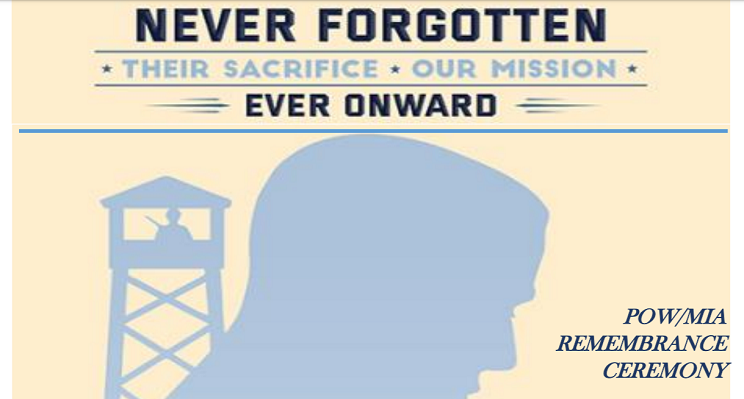Since the American Revolution, people fighting to secure the freedom of the United States have at some points in time been held as prisoners of war (POWs).But it took more than 200 years for our country to officially recognize the sacrifices made by those Americans who spent time in enemy hands or who were declared missing in action (MIA) from U.S.-involved conflicts around the globe.
National POW/MIA Recognition Day was established in 1979 through a proclamation signed by President Jimmy Carter. Since then, each subsequent president has issued an annual proclamation commemorating the third Friday in September as National POW/MIA Recognition Day.
In 1997, President Bill Clinton further strengthened the importance of the day by officially designated it as one of the six days per year that the POW/MIA flag is required to be flown at designated federal government locations.
A national-level ceremony is held on every National POW/MIA Recognition Day. Traditionally held at the Pentagon, it features members from each branch of military service and participation from high-ranking officials.
In addition to the national-level ceremony, observances of National POW/MIA Recognition Day are held across the country on military installations, ships at sea, state capitols, schools and veterans’ facilities.
No matter where they are held, these National POW/MIA Recognition Day ceremonies share the common purpose of honoring those who were held captive and returned, as well as those who remain missing.

